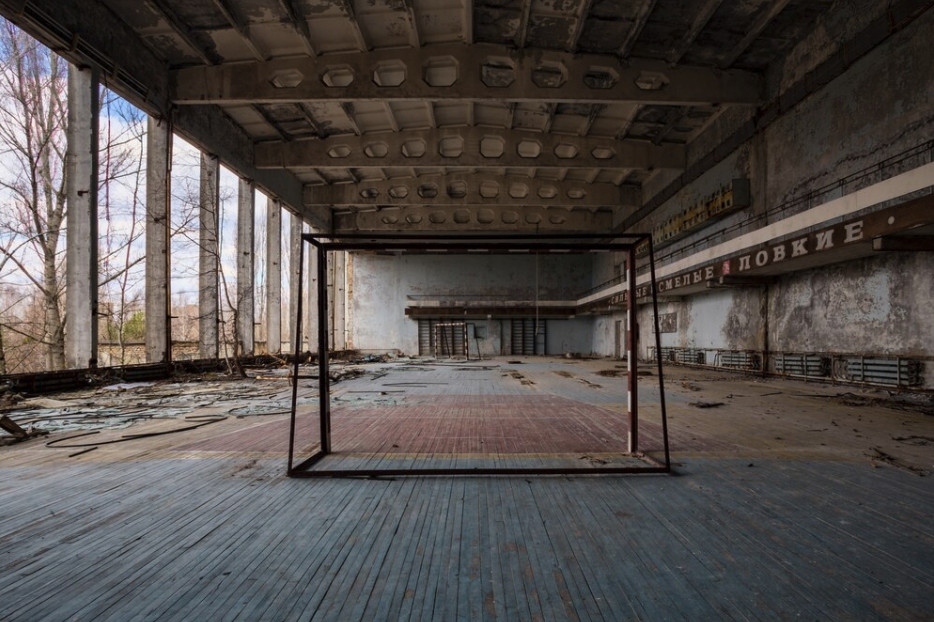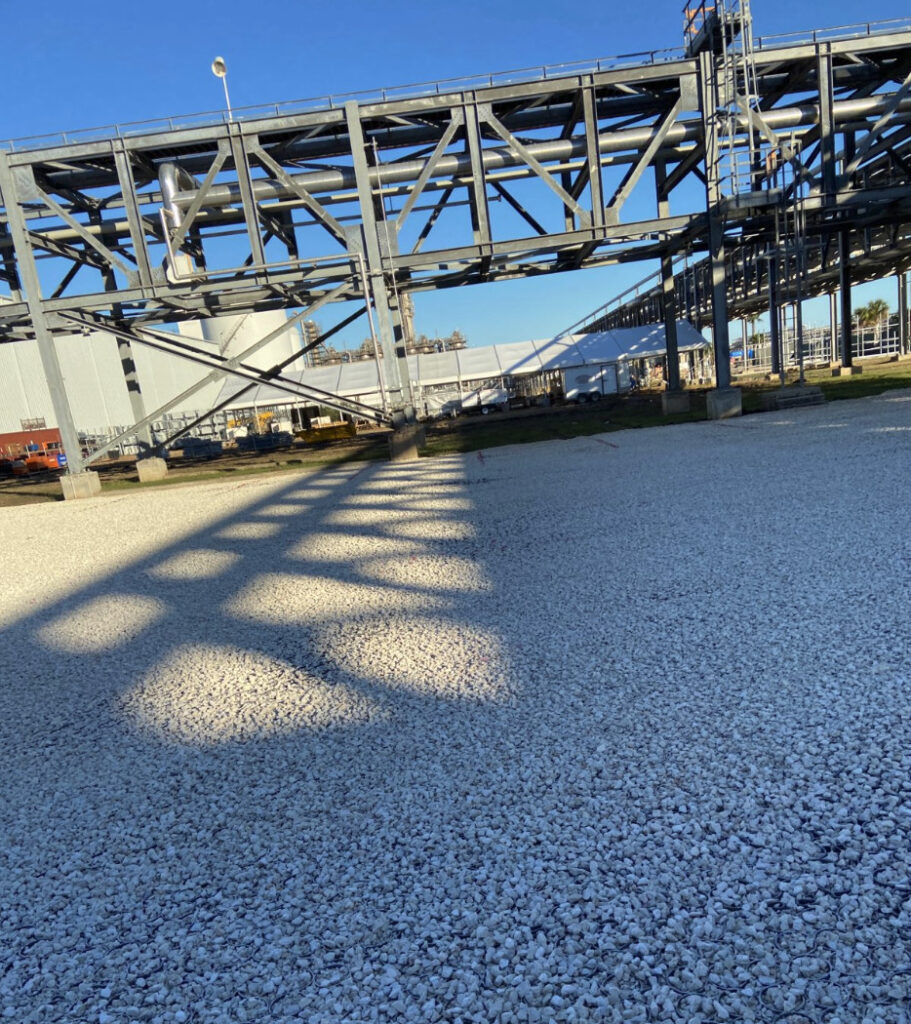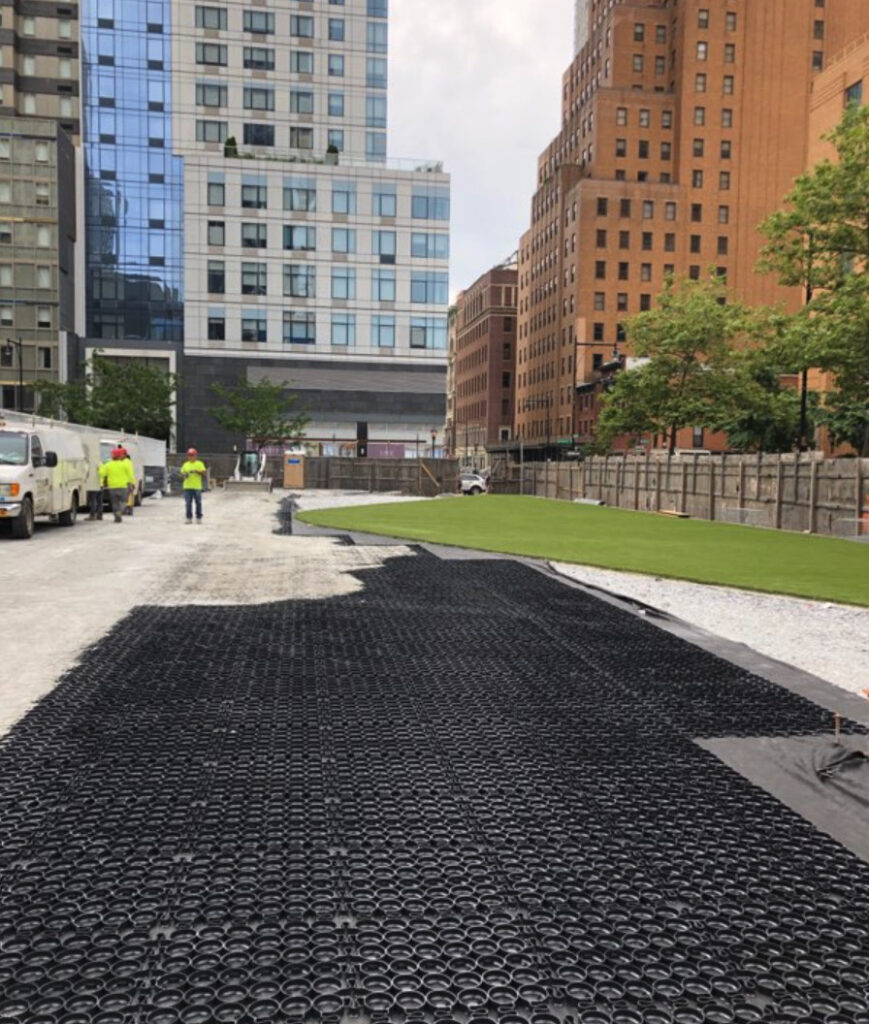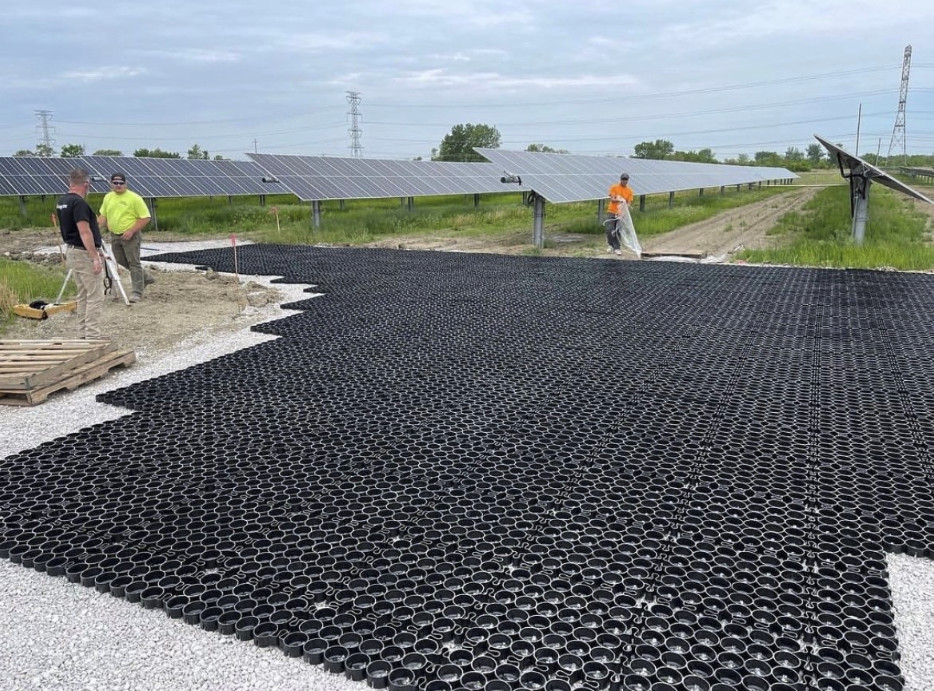
As urban areas continue to expand and evolve, city planners and developers face increasing pressure to find sustainable, efficient ways to manage land use. Brownfield and grayfield renovations offer a promising solution, allowing cities to transform neglected spaces into valuable assets.
At TrueGrid, we’re proud to support these redevelopment projects with our innovative permeable paving solutions, which enhance environmental resilience, promote green infrastructure, and create functional, visually appealing urban areas.
Keep reading to learn more about what defines brownfields and grayfields, explore their unique challenges, and discover how urban areas are tapping into these spaces to create economic, social, and environmental benefits with sustainable products like ours.
What are Brownfields?
Brownfields are properties previously used for industrial or commercial purposes and are often characterized by environmental contamination. These sites may contain pollutants or hazardous substances left behind from prior activities, making redevelopment a costly and complex process. Examples include former factories, abandoned gas stations, or defunct rail yards.
While brownfields are often located in densely populated urban or suburban areas, they’re typically avoided by developers due to the associated cleanup costs and legal liabilities.
However, brownfields also hold potential due to their prime locations. As cities seek to revitalize neglected areas, brownfield redevelopment has become a way to balance environmental responsibility with economic gain.
With TrueGrid products, developers can support environmental health, reduce runoff, and help prevent flooding while working toward sustainable urban transformation. Our permeable pavers provide a sustainable solution for managing stormwater, helping to filter residual pollutants, and minimizing the need for traditional concrete.
What are Grayfields?
Grayfields differ from brownfields in that they lack contamination. Instead, grayfields are often underused or obsolete commercial properties, such as empty malls, outdated office buildings, or old parking lots. While they don’t pose the environmental hazards of brownfields, grayfields often suffer from neglect, contributing to urban decay. These areas usually require more structural overhauls and modernization rather than environmental remediation.
Grayfield redevelopment can be seen as a strategic response to shifting urban needs. As the commercial landscape changes, with e-commerce reducing the demand for traditional retail spaces, cities face an increasing number of grayfield properties. Installing TrueGrid Pavers as part of green infrastructure on grayfield sites can improve aesthetics while supporting eco-friendly urban drainage solutions.
Our pavers offer a “blank slate” for urban planners and can easily be customized for various green and community-oriented designs, minimizing the heat island effect often found in highly concrete-dense areas.
Challenges and Incentives for Redevelopment

Brownfield and grayfield renovations come with distinct challenges, such as the need for environmental cleanup in brownfields and the structural modifications often required for grayfields. Both types of redevelopment can be costly, and the timeline for construction or adaptation may be extended due to regulatory or logistical hurdles.
To address these challenges, Environmental Protection Agencies and urban development programs in countries like the U.S. and Canada, for example, provide funding to support brownfield cleanups and redevelopment, while some cities offer incentives for converting grayfields into mixed-use or residential spaces.
Grants, tax breaks, and regulatory support can help offset costs, making these projects more viable for developers. By using TrueGrid Pavers, we’re able to ease development hurdles by reducing traditional paving costs and supporting sustainable land management practices, all at a lower installed and operational cost.
The Future of Brownfield and Grayfield Renovation
As urban populations grow and land becomes increasingly scarce, brownfield and grayfield renovations will play an essential role in sustainable urban development. The appeal of these projects lies in their ability to revitalize neglected areas, reduce sprawl, and provide new spaces without disturbing natural landscapes.
Looking forward, urban planners and developers are expected to approach brownfield and grayfield sites with more innovative designs, integrating green infrastructure, renewable energy, and smart city technologies. At TrueGrid, we’re excited to offer sustainable building materials that enhance land use, support natural water cycles, and reduce urban heat—crucial factors in climate-resilient, sustainable development.

Breathing New Life into Forgotten Spaces

Brownfield and grayfield renovations provide a unique opportunity for cities to transform underutilized or neglected properties into valuable assets, enhancing the urban landscape while promoting sustainability. Through housing, green spaces, cultural centers, and innovation hubs, these sites can be repurposed to meet evolving community needs.
By embracing these redevelopment projects and incorporating sustainable solutions, cities can improve aesthetics, foster economic growth, promote environmental health, and enhance social vibrancy for all residents.
Transform your next urban project with TRUEGRID’s sustainable, permeable paving solutions. Contact us today to create eco-friendly, resilient spaces that work in harmony with the environment!



